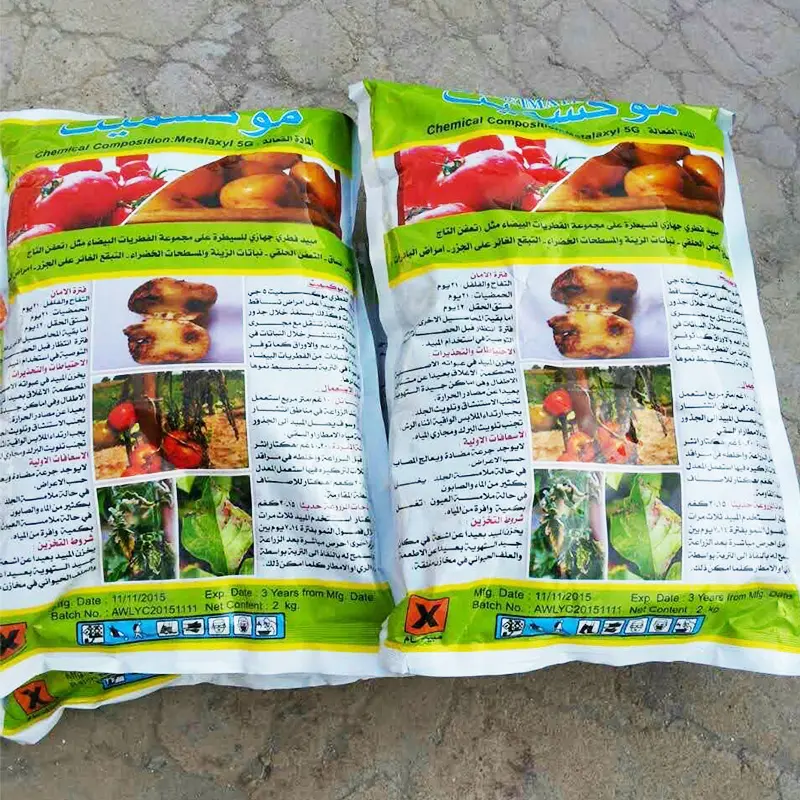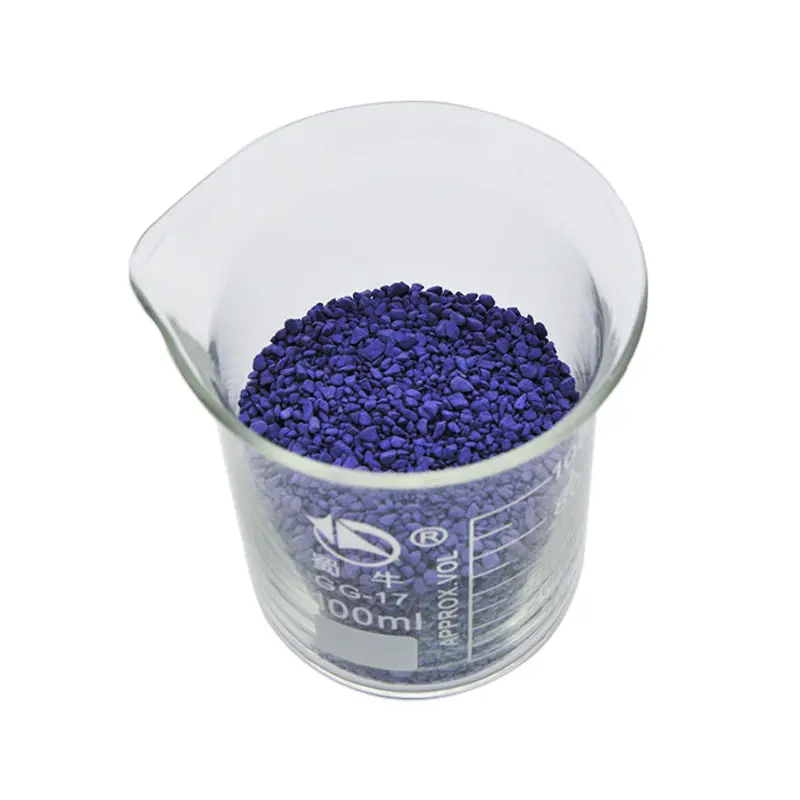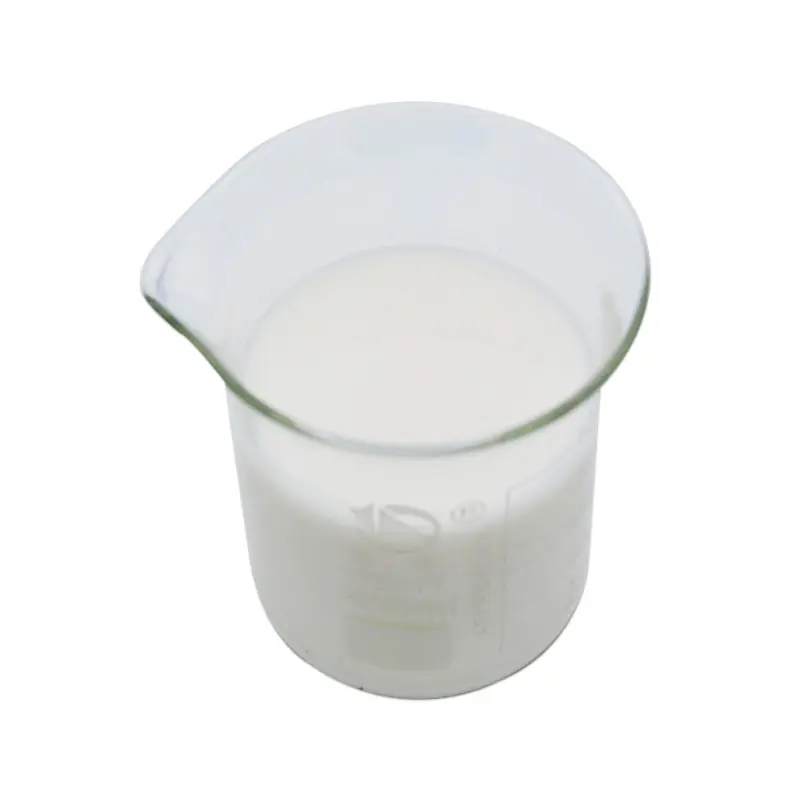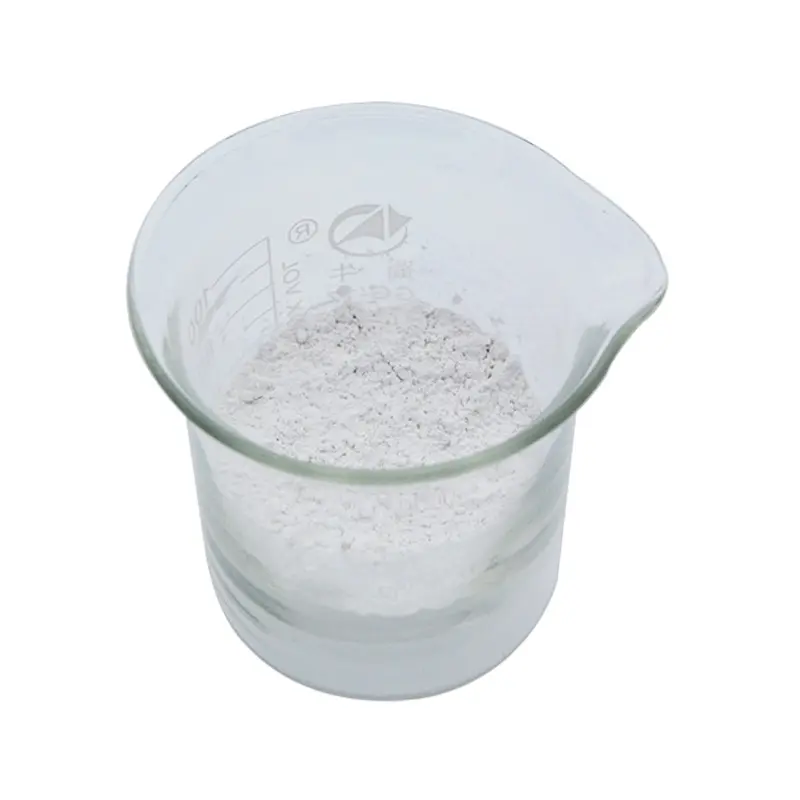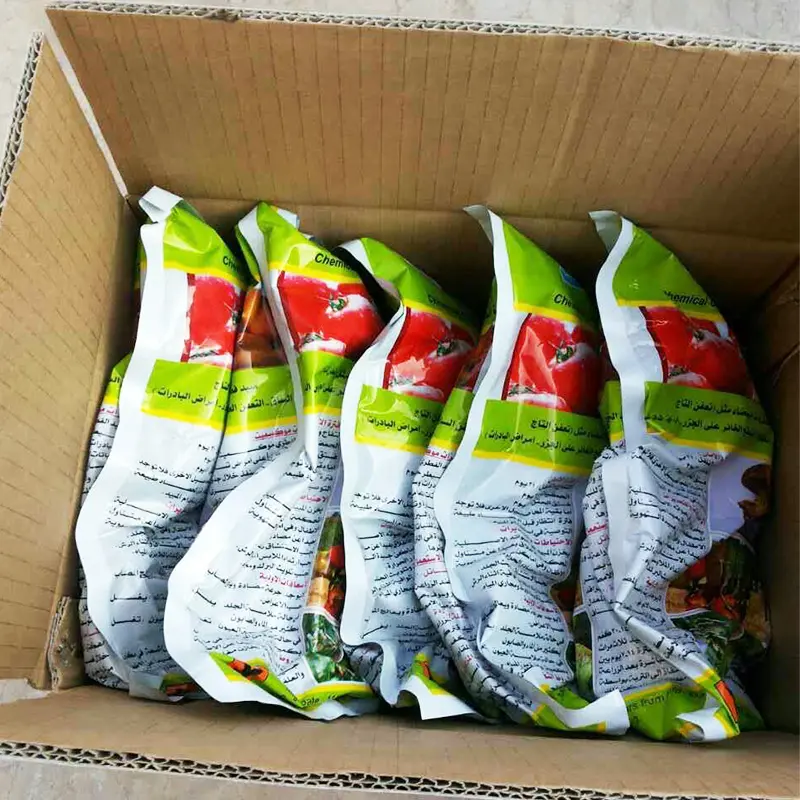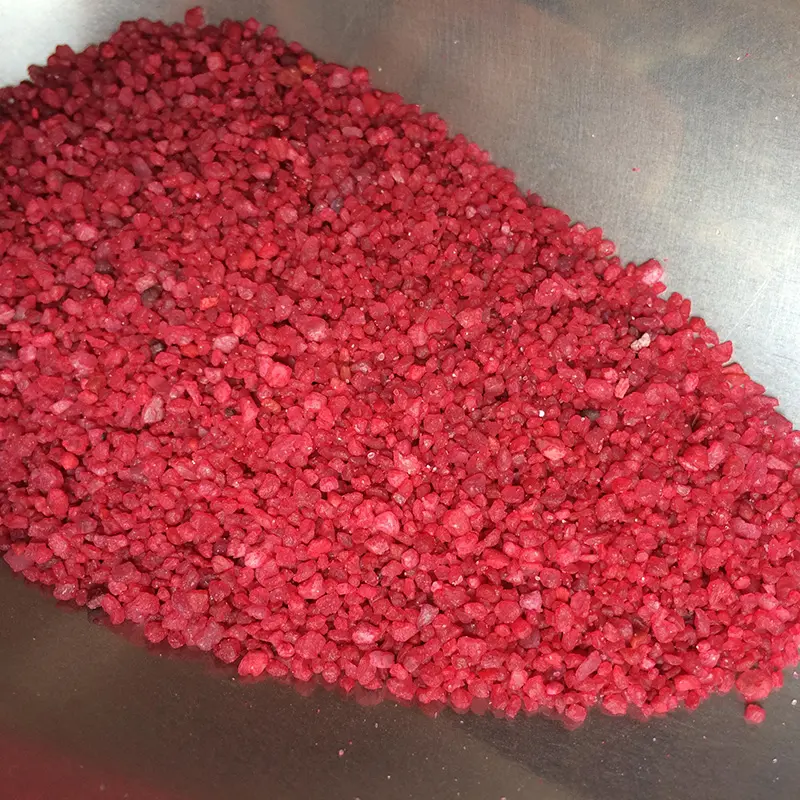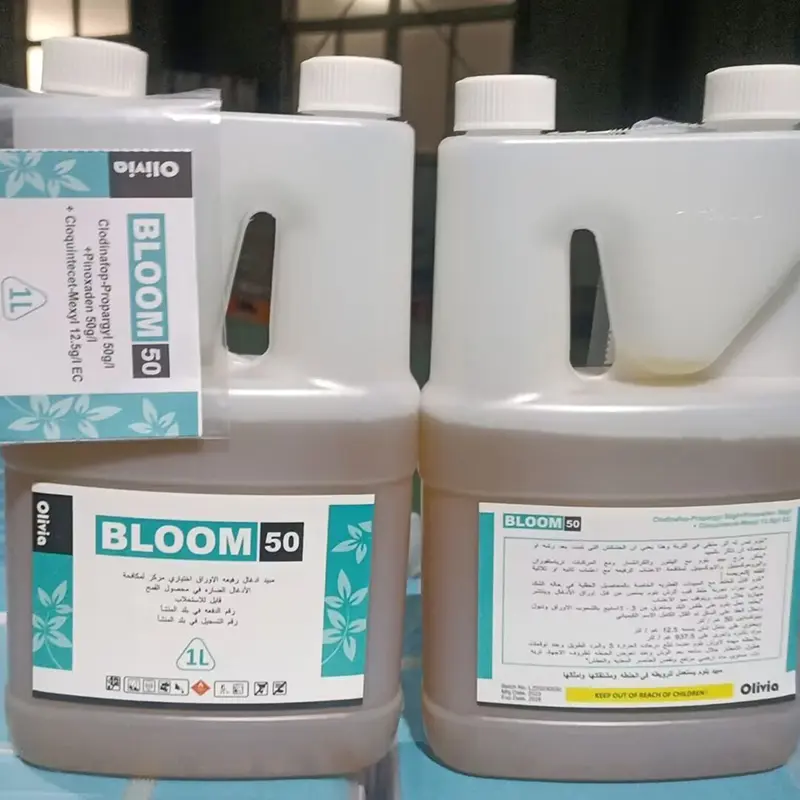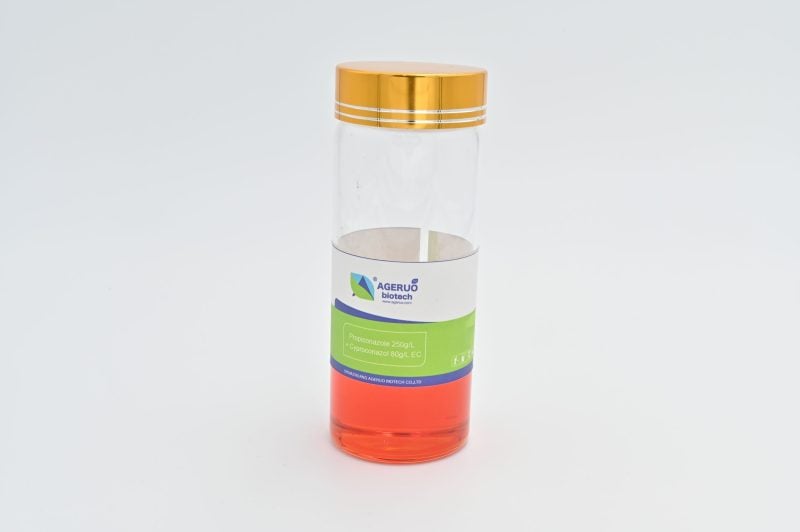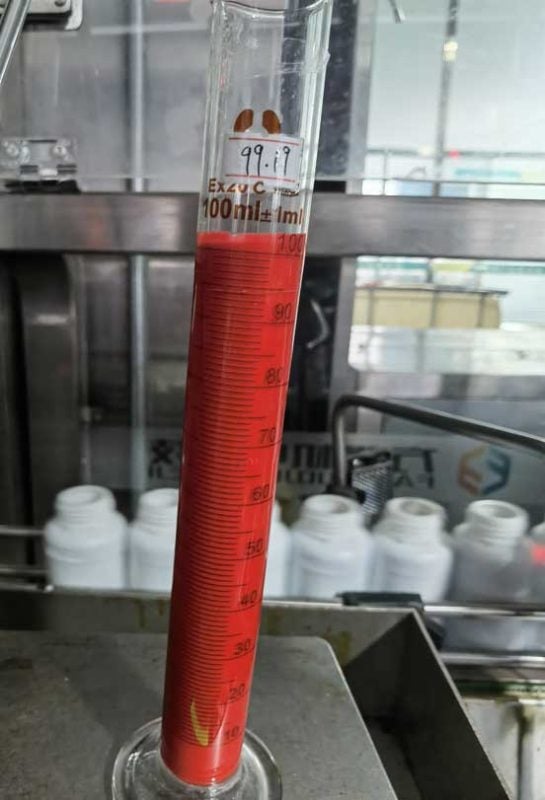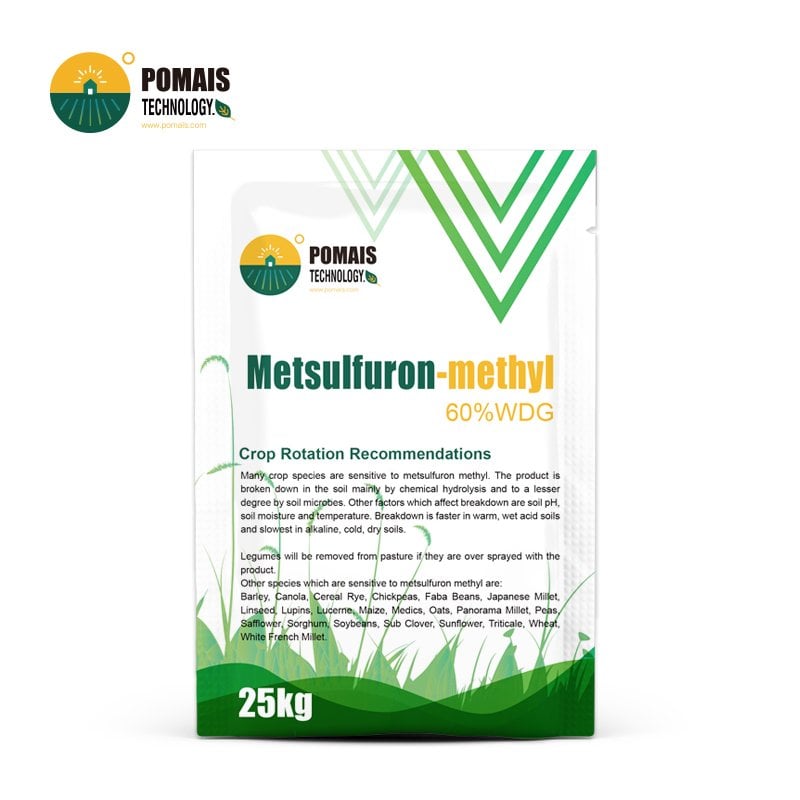Metalaxyl Fungicide
Systemic Oomycete Control for Professional Agriculture
Metalaxyl fungicide offers highly effective, systemic protection against destructive oomycete diseases such as late blight and downy mildew, making it an essential choice for professional growers, importers, and agricultural distributors. Engineered with high water solubility and rapid systemic movement through both leaves and roots, Metalaxyl penetrates plant tissues to provide full-plant protection from the inside out. Its targeted mode of action disrupts RNA synthesis in oomycete pathogens, stopping disease development before it can spread. This selective approach safeguards crop health without harming non-target organisms, ensuring reliability in high-value crops like potatoes, grapes, beets, tobacco, cucumbers, and cotton. Available in multiple formulations—including WDG, WP, EC, and TC—Metalaxyl can be applied via foliar spray, seed treatment, or soil application, offering versatile disease management solutions for different climates and farming practices. With customizable packaging, labeling, and formulations, we support bulk orders and OEM services to match your specific market needs.
- Designed for Professional Buyers & Bulk Orders
- This product is available for business purchase and large-scale distribution.
- We support custom packaging, labeling, and formulation to meet your market needs.
- Let’s build your brand together.

About Metalaxyl Fungicide
About Metalaxyl Fungicide
| Product Name | Metalaxyl |
| CAS No. | 57837-19-1 |
| Molecular Formula | C15H21NO4 |
| Target Crops | Potatoes, Grapes, Beets, Cotton, Tobacco, Cucumber |
| Target Diseases | Late blight, Downy mildew, Black shank, Damping-off disease |
| Mode of Action | Disrupts RNA synthesis in oomycete fungi, inhibiting growth and reproduction |
| Formulations | Metalaxyl 50% WDG Metalaxyl 35% WP Metalaxyl 240 g/L EC Metalaxyl 98% TC |
| Combined Formulas | Dimethomorph 22% + Metalaxyl 8% WDG
Propineb 64% + Metalaxyl 4% WP Metalaxyl 150 g/L + Propamocarb 100 g/L SC |
| Application Methods | Foliar spray, Seed treatment, Soil treatment |
Metalaxyl Fungicide
Metalaxyl fungicide is a selective, systemic agrochemical designed to combat destructive oomycete fungal diseases such as late blight, downy mildew, black shank, and damping-off. It works by penetrating plant tissues through both leaves and roots, moving upward and downward within the plant (acropetal and basipetal movement) to deliver complete, internal protection against pathogens.
Highly valued in potato, grape, tobacco, cotton, cucumber, and beet cultivation, Metalaxyl offers targeted control without damaging beneficial organisms or causing phytotoxicity when applied according to recommendations. Its strong water solubility ensures rapid uptake, even under challenging field conditions, while its stability across a wide pH range allows reliable performance in various climates and soil types.
In professional agriculture, Metalaxyl is recognized for its prolonged residual activity, meaning fewer applications are required compared to contact fungicides—reducing labor costs and improving operational efficiency. For seed treatment, Metalaxyl protects seedlings from soil-borne infections during the most vulnerable germination stage, giving crops a healthier start and higher yield potential.
Available in multiple formulations—including Metalaxyl 50% WDG, 35% WP, 240 g/L EC, and 98% TC—it can be used as a standalone product or combined with other fungicides (such as propineb, dimethomorph, or propamocarb) to broaden the disease control spectrum and reduce resistance risks.
How Metalaxyl Works Against Oomycete Pathogens
Metalaxyl fungicide works through a systemic, protective, and curative mechanism that targets RNA polymerase I in oomycete fungi, inhibiting ribosomal RNA synthesis and stopping pathogen growth at the molecular level.
Once applied, Metalaxyl is absorbed by both roots and foliage, moving upwards (acropetal) and downwards (basipetal) within the plant vascular system. This two-way translocation ensures complete distribution throughout the plant, protecting new growth as well as existing tissues. By disrupting the RNA synthesis process, it prevents spore germination, mycelial growth, and sporulation, effectively halting disease progression.
Metalaxyl’s curative effect allows it to stop infections that have already begun, while its protective action shields healthy tissue from future attacks. This dual functionality makes it highly effective in integrated disease management programs for crops such as potatoes, grapes, cucumbers, tobacco, and ornamental plants.
Because it is selective to oomycete fungi (e.g., Phytophthora infestans, Peronospora spp., Pythium spp.), it does not harm beneficial fungi or disrupt soil microbial balance. For improved resistance management, Metalaxyl is often combined with contact fungicides or fungicides with a different mode of action.
Target Crops & Disease Spectrum – Broad-Spectrum Oomycete Control
Metalaxyl fungicide delivers highly targeted and long-lasting protection for a wide range of crops vulnerable to oomycete pathogens, making it a versatile solution for both field and greenhouse production.
In potatoes and tomatoes, Metalaxyl effectively controls late blight (Phytophthora infestans), protecting foliage and tubers from severe yield loss. In grapes, it prevents downy mildew (Plasmopara viticola), ensuring healthy canopy growth and better fruit quality. For cucumbers, melons, and other cucurbits, it provides reliable control of downy mildew (Pseudoperonospora cubensis), which can rapidly destroy leaves in humid conditions.
In tobacco, Metalaxyl is widely used to prevent blue mold (Peronospora tabacina), a highly destructive disease in nurseries and transplant fields. Additionally, it is highly effective against Pythium damping-off in a variety of vegetables and ornamentals, safeguarding seedlings during their most vulnerable stage.
When applied preventively or at the earliest signs of infection, Metalaxyl ensures maximum yield protection and crop quality, supporting farmers in achieving higher market value.
Metalaxyl Disease Control Spectrum
| Crop | Target Disease | Pathogen | Application Timing |
|---|---|---|---|
| Potato | Late Blight | Phytophthora infestans | Preventive or early infection |
| Tomato | Late Blight | Phytophthora infestans | Preventive or early infection |
| Grape | Downy Mildew | Plasmopara viticola | Pre-bloom to post-bloom |
| Cucumber, Melon | Downy Mildew | Pseudoperonospora cubensis | Preventive during humid periods |
| Tobacco | Blue Mold | Peronospora tabacina | Nursery and transplant stage |
| Vegetables & Ornamentals | Damping-off | Pythium spp. | Pre-plant or early seedling stage |
Application Methods & Best Practices – Maximizing Metalaxyl Fungicide Performance
Correct application timing, method, and dosage are crucial to unlock the full potential of Metalaxyl fungicide in controlling oomycete diseases. Using the right strategy ensures optimal disease suppression, longer residual protection, and reduced risk of resistance.
For foliar applications, Metalaxyl is typically applied as a spray at the first sign of disease or preventively when weather conditions favor pathogen development (high humidity, frequent rainfall, moderate temperatures). Uniform spray coverage of leaves, stems, and fruit is essential, as incomplete coverage can leave untreated areas vulnerable to infection.
For soil drench or in-furrow applications, Metalaxyl offers excellent control of seedling diseases like damping-off (Pythium spp.). Apply the solution evenly around the root zone during transplanting or sowing to protect seedlings during early growth stages.
For seed treatment, Metalaxyl can be used to coat seeds, providing systemic protection from germination through early growth. This method is particularly effective for tobacco, vegetables, and certain cereals, reducing the need for early foliar sprays.
Best practice tips for importers, distributors, and farm managers:
- Rotate Metalaxyl with fungicides from different FRAC groups to slow resistance development.
- Avoid applying more than the recommended seasonal maximum per crop cycle.
- Combine preventive applications with good agricultural practices, such as using certified disease-free seeds and ensuring proper crop spacing for air circulation.
- Train farmers to calibrate sprayers properly to ensure correct application rate and uniform coverage.
Key Advantages of Metalaxyl Fungicide for Professional Crop Protection
Metalaxyl fungicide offers systemic, long-lasting, and targeted control against destructive oomycete diseases, making it a preferred choice for large-scale agricultural operations. Its unique properties ensure deep plant protection, reduced spray frequency, and better yield preservation compared to many conventional fungicides.
One of its biggest advantages is systemic movement within the plant, allowing it to protect new growth from infection. This is particularly valuable for fast-growing crops like potatoes, tobacco, and vegetables, where untreated new leaves are highly susceptible to disease.
Metalaxyl also delivers long residual activity, providing protection for up to 14–21 days depending on environmental conditions. This extended control reduces the need for frequent reapplication, lowering labor and operational costs for growers.
For importers and distributors, Metalaxyl’s broad application flexibility—including foliar spray, soil drench, and seed treatment—makes it a versatile product to stock, as it can be positioned across multiple crop sectors.
Additionally, its selective action against oomycetes means it can be integrated easily into rotational programs without disrupting beneficial fungi or causing unnecessary environmental pressure. This enhances its value in integrated pest management (IPM) strategies, where sustainable and resistance-managed approaches are essential.
Packaging & OEM/ODM Services for Metalaxyl Fungicide
We offer flexible packaging and full OEM/ODM services to help you customize Metalaxyl fungicide products for your market. Whether you are an agrochemical importer, distributor, or private label brand owner, our team provides end-to-end support—from formulation to final delivery.
For packaging, we can supply a variety of options including aluminum foil pouches, HDPE bottles, PET bottles, and bulk drums, with capacities ranging from 100 ml to 200 L. All packaging is designed to ensure product stability, protect against moisture and UV degradation, and comply with international transport standards.
Our OEM services include:
- Custom formulation adjustments (e.g., specific Metalaxyl concentration, combined formulations)
- Multilingual label design tailored to local regulatory requirements
- Private branding with your logo, colors, and packaging style
- Batch coding & traceability for product tracking and quality assurance
Our ODM services allow you to launch exclusive product lines without developing your own manufacturing facility. You can leverage our R&D and production expertise to expand your portfolio quickly and cost-effectively.
We also provide flexible MOQ (minimum order quantity) policies, making it easier for you to test new markets without committing to excessive inventory. For large-scale distributors, we ensure consistent quality and reliable supply, supported by on-time delivery to your designated port.
Partner with Us for Your Metalaxyl Supply Needs
Choosing the right Metalaxyl fungicide supplier can make all the difference in your crop protection business. With our factory-direct manufacturing, flexible OEM/ODM services, and proven expertise in systemic oomycete disease control, we help you deliver reliable, high-performance solutions to your customers.
Whether you are an agrochemical importer, distributor, brand owner, or large-scale farm supplier, our customized formulations, packaging, and labeling ensure you stand out in your market. We handle bulk supply, private labeling, multilingual packaging design, and regulatory documentation support, allowing you to focus on growing your business.
Contact us today to discuss your Metalaxyl requirements, request a quote, or explore tailored crop protection programs. Our technical and sales teams are ready to deliver the right product, at the right time, at the right price.
FAQ: Comprehensive Guide to Metalaxyl and Its Mixtures
| Product Name | Metalaxyl |
| CAS No. | 57837-19-1 |
| Molecular Formula | C15H21NO4 |
| Target Crops | Potatoes, Grapes, Beets, Cotton, Tobacco, Cucumber |
| Target Diseases | Late blight, Downy mildew, Black shank, Damping-off disease |
| Mode of Action | Disrupts RNA synthesis in oomycete fungi, inhibiting growth and reproduction |
| Formulations | Metalaxyl 50% WDG Metalaxyl 35% WP Metalaxyl 240 g/L EC Metalaxyl 98% TC |
| Combined Formulas | Dimethomorph 22% + Metalaxyl 8% WDG
Propineb 64% + Metalaxyl 4% WP Metalaxyl 150 g/L + Propamocarb 100 g/L SC |
| Application Methods | Foliar spray, Seed treatment, Soil treatment |
Metalaxyl Fungicide
Metalaxyl fungicide is a selective, systemic agrochemical designed to combat destructive oomycete fungal diseases such as late blight, downy mildew, black shank, and damping-off. It works by penetrating plant tissues through both leaves and roots, moving upward and downward within the plant (acropetal and basipetal movement) to deliver complete, internal protection against pathogens.
Highly valued in potato, grape, tobacco, cotton, cucumber, and beet cultivation, Metalaxyl offers targeted control without damaging beneficial organisms or causing phytotoxicity when applied according to recommendations. Its strong water solubility ensures rapid uptake, even under challenging field conditions, while its stability across a wide pH range allows reliable performance in various climates and soil types.
In professional agriculture, Metalaxyl is recognized for its prolonged residual activity, meaning fewer applications are required compared to contact fungicides—reducing labor costs and improving operational efficiency. For seed treatment, Metalaxyl protects seedlings from soil-borne infections during the most vulnerable germination stage, giving crops a healthier start and higher yield potential.
Available in multiple formulations—including Metalaxyl 50% WDG, 35% WP, 240 g/L EC, and 98% TC—it can be used as a standalone product or combined with other fungicides (such as propineb, dimethomorph, or propamocarb) to broaden the disease control spectrum and reduce resistance risks.
How Metalaxyl Works Against Oomycete Pathogens
Metalaxyl fungicide works through a systemic, protective, and curative mechanism that targets RNA polymerase I in oomycete fungi, inhibiting ribosomal RNA synthesis and stopping pathogen growth at the molecular level.
Once applied, Metalaxyl is absorbed by both roots and foliage, moving upwards (acropetal) and downwards (basipetal) within the plant vascular system. This two-way translocation ensures complete distribution throughout the plant, protecting new growth as well as existing tissues. By disrupting the RNA synthesis process, it prevents spore germination, mycelial growth, and sporulation, effectively halting disease progression.
Metalaxyl’s curative effect allows it to stop infections that have already begun, while its protective action shields healthy tissue from future attacks. This dual functionality makes it highly effective in integrated disease management programs for crops such as potatoes, grapes, cucumbers, tobacco, and ornamental plants.
Because it is selective to oomycete fungi (e.g., Phytophthora infestans, Peronospora spp., Pythium spp.), it does not harm beneficial fungi or disrupt soil microbial balance. For improved resistance management, Metalaxyl is often combined with contact fungicides or fungicides with a different mode of action.
Target Crops & Disease Spectrum – Broad-Spectrum Oomycete Control
Metalaxyl fungicide delivers highly targeted and long-lasting protection for a wide range of crops vulnerable to oomycete pathogens, making it a versatile solution for both field and greenhouse production.
In potatoes and tomatoes, Metalaxyl effectively controls late blight (Phytophthora infestans), protecting foliage and tubers from severe yield loss. In grapes, it prevents downy mildew (Plasmopara viticola), ensuring healthy canopy growth and better fruit quality. For cucumbers, melons, and other cucurbits, it provides reliable control of downy mildew (Pseudoperonospora cubensis), which can rapidly destroy leaves in humid conditions.
In tobacco, Metalaxyl is widely used to prevent blue mold (Peronospora tabacina), a highly destructive disease in nurseries and transplant fields. Additionally, it is highly effective against Pythium damping-off in a variety of vegetables and ornamentals, safeguarding seedlings during their most vulnerable stage.
When applied preventively or at the earliest signs of infection, Metalaxyl ensures maximum yield protection and crop quality, supporting farmers in achieving higher market value.
Metalaxyl Disease Control Spectrum
| Crop | Target Disease | Pathogen | Application Timing |
|---|---|---|---|
| Potato | Late Blight | Phytophthora infestans | Preventive or early infection |
| Tomato | Late Blight | Phytophthora infestans | Preventive or early infection |
| Grape | Downy Mildew | Plasmopara viticola | Pre-bloom to post-bloom |
| Cucumber, Melon | Downy Mildew | Pseudoperonospora cubensis | Preventive during humid periods |
| Tobacco | Blue Mold | Peronospora tabacina | Nursery and transplant stage |
| Vegetables & Ornamentals | Damping-off | Pythium spp. | Pre-plant or early seedling stage |
Application Methods & Best Practices – Maximizing Metalaxyl Fungicide Performance
Correct application timing, method, and dosage are crucial to unlock the full potential of Metalaxyl fungicide in controlling oomycete diseases. Using the right strategy ensures optimal disease suppression, longer residual protection, and reduced risk of resistance.
For foliar applications, Metalaxyl is typically applied as a spray at the first sign of disease or preventively when weather conditions favor pathogen development (high humidity, frequent rainfall, moderate temperatures). Uniform spray coverage of leaves, stems, and fruit is essential, as incomplete coverage can leave untreated areas vulnerable to infection.
For soil drench or in-furrow applications, Metalaxyl offers excellent control of seedling diseases like damping-off (Pythium spp.). Apply the solution evenly around the root zone during transplanting or sowing to protect seedlings during early growth stages.
For seed treatment, Metalaxyl can be used to coat seeds, providing systemic protection from germination through early growth. This method is particularly effective for tobacco, vegetables, and certain cereals, reducing the need for early foliar sprays.
Best practice tips for importers, distributors, and farm managers:
- Rotate Metalaxyl with fungicides from different FRAC groups to slow resistance development.
- Avoid applying more than the recommended seasonal maximum per crop cycle.
- Combine preventive applications with good agricultural practices, such as using certified disease-free seeds and ensuring proper crop spacing for air circulation.
- Train farmers to calibrate sprayers properly to ensure correct application rate and uniform coverage.
Key Advantages of Metalaxyl Fungicide for Professional Crop Protection
Metalaxyl fungicide offers systemic, long-lasting, and targeted control against destructive oomycete diseases, making it a preferred choice for large-scale agricultural operations. Its unique properties ensure deep plant protection, reduced spray frequency, and better yield preservation compared to many conventional fungicides.
One of its biggest advantages is systemic movement within the plant, allowing it to protect new growth from infection. This is particularly valuable for fast-growing crops like potatoes, tobacco, and vegetables, where untreated new leaves are highly susceptible to disease.
Metalaxyl also delivers long residual activity, providing protection for up to 14–21 days depending on environmental conditions. This extended control reduces the need for frequent reapplication, lowering labor and operational costs for growers.
For importers and distributors, Metalaxyl’s broad application flexibility—including foliar spray, soil drench, and seed treatment—makes it a versatile product to stock, as it can be positioned across multiple crop sectors.
Additionally, its selective action against oomycetes means it can be integrated easily into rotational programs without disrupting beneficial fungi or causing unnecessary environmental pressure. This enhances its value in integrated pest management (IPM) strategies, where sustainable and resistance-managed approaches are essential.
Packaging & OEM/ODM Services for Metalaxyl Fungicide
We offer flexible packaging and full OEM/ODM services to help you customize Metalaxyl fungicide products for your market. Whether you are an agrochemical importer, distributor, or private label brand owner, our team provides end-to-end support—from formulation to final delivery.
For packaging, we can supply a variety of options including aluminum foil pouches, HDPE bottles, PET bottles, and bulk drums, with capacities ranging from 100 ml to 200 L. All packaging is designed to ensure product stability, protect against moisture and UV degradation, and comply with international transport standards.
Our OEM services include:
- Custom formulation adjustments (e.g., specific Metalaxyl concentration, combined formulations)
- Multilingual label design tailored to local regulatory requirements
- Private branding with your logo, colors, and packaging style
- Batch coding & traceability for product tracking and quality assurance
Our ODM services allow you to launch exclusive product lines without developing your own manufacturing facility. You can leverage our R&D and production expertise to expand your portfolio quickly and cost-effectively.
We also provide flexible MOQ (minimum order quantity) policies, making it easier for you to test new markets without committing to excessive inventory. For large-scale distributors, we ensure consistent quality and reliable supply, supported by on-time delivery to your designated port.
Partner with Us for Your Metalaxyl Supply Needs
Choosing the right Metalaxyl fungicide supplier can make all the difference in your crop protection business. With our factory-direct manufacturing, flexible OEM/ODM services, and proven expertise in systemic oomycete disease control, we help you deliver reliable, high-performance solutions to your customers.
Whether you are an agrochemical importer, distributor, brand owner, or large-scale farm supplier, our customized formulations, packaging, and labeling ensure you stand out in your market. We handle bulk supply, private labeling, multilingual packaging design, and regulatory documentation support, allowing you to focus on growing your business.
Contact us today to discuss your Metalaxyl requirements, request a quote, or explore tailored crop protection programs. Our technical and sales teams are ready to deliver the right product, at the right time, at the right price.
FAQ: Comprehensive Guide to Metalaxyl and Its Mixtures
Related Products
Latest News

